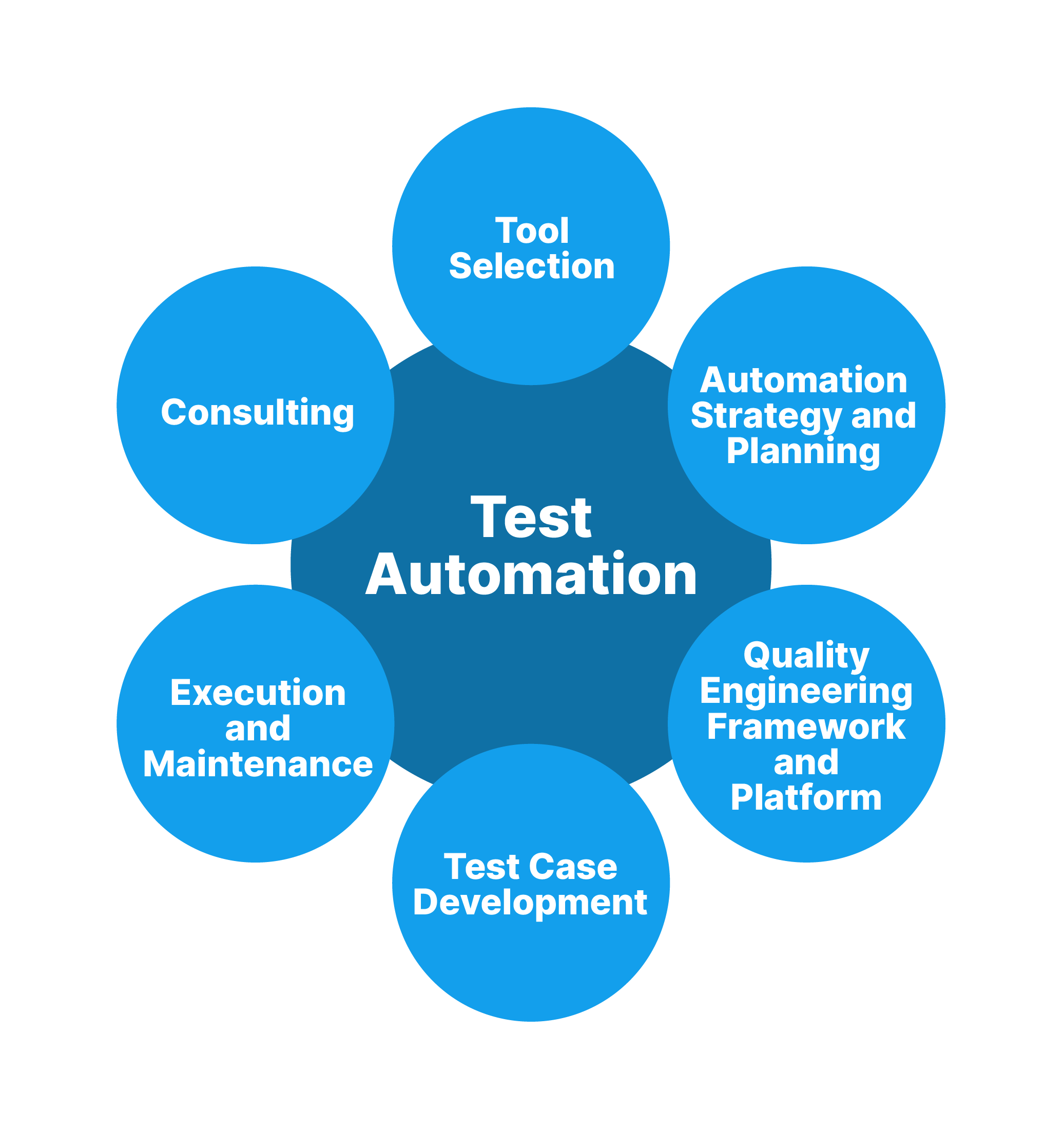From Handbook to Automated Testing: A Comprehensive Guide to Transitioning Smoothly and Effectively
In the realm of software program screening, the change from handbook to automated processes has actually ended up being an increasingly essential shift for companies seeking to enhance effectiveness and accuracy in their screening practices. The trip from guidebook to automated screening is not without its challenges, however when come close to tactically and with a clear strategy in mind, the benefits can be considerable.
Benefits of Automated Checking
Automated testing uses various benefits, enhancing effectiveness and precision in software application growth processes. One main advantage is the significant reduction in screening time. Automated examinations can be run simultaneously on several tools and operating systems, substantially speeding up the screening stage compared to manual screening. This enhanced effectiveness permits faster feedback on the quality of the software application, making it possible for programmers to identify and attend to concerns promptly.
Additionally, automated testing ensures a greater degree of precision in spotting problems. Uniformity in testing is additionally boosted, as automated examinations implement the very same actions precisely each time they are run.
Selecting the Right Tools

To start with, analyze your goals and demands. Comprehend the extent of your task, the modern technologies included, and the capability of your group. This evaluation will certainly assist you identify the capabilities and features you require in your screening tools.
Secondly, take into consideration the compatibility of the devices with your existing processes and systems. Smooth combination with your present software development lifecycle is vital to ensure a smooth change to automation.
Furthermore, examine the scalability and flexibility of the devices. As your screening needs advance, the devices ought to have the ability to adapt and suit modifications effectively.
Last but not least, aspect in the support and area around the tools. When executing automated screening, robust assistance and an energetic individual area can give useful sources and support. By meticulously taking into consideration these aspects, you can choose the right devices that line up with your needs and set the phase for an effective transition to automated screening.
Creating Effective Examination Manuscripts
When crafting test scripts, it is necessary to think about the details needs of the software being checked and guarantee that the scripts attend to all important capabilities. Clear and descriptive calling conventions for test manuscripts and test situations can boost readability and maintainability. Furthermore, including error handling systems within the examination scripts can help in determining and addressing problems without delay.
Additionally, arranging examination manuscripts into modular elements can boost reusability and scalability, decreasing redundancy and improving performance in test script maintenance. Routine testimonials and updates to test scripts are vital to keep pace with progressing software demands and capabilities. By adhering to these principles, testers can create robust and efficient examination scripts that contribute considerably to the success of automated screening procedures.
Integrating Automation Into Workflows
By flawlessly incorporating automated testing tools like Selenium or Appium into the software application development lifecycle, groups can achieve faster responses on code changes, leading to quicker pest detection and resolution. This combination allows for continuous testing throughout the development process, making certain that any type of concerns are identified early on, resulting in greater software high quality. Correct integration of automation tools calls for collaboration in between development, testing, and procedures groups to establish a site here unified process that maximizes efficiency and efficiency in supplying premium software program products.
Guaranteeing a Smooth Change
Successfully transitioning to automated screening entails precise preparation and mindful implementation to make best use of and reduce interruptions performance in the software program growth procedure - automation testing. To ensure a smooth change, it is vital to begin by performing a thorough assessment of the current testing processes and determining locations where automation can bring the most considerable advantages. Involving with all stakeholders beforehand while doing so, consisting of programmers, testers, and task supervisors, is crucial for garnering assistance and buy-in for the automation campaign
Interaction is crucial throughout this shift phase. Clear communication of the goals, advantages, and assumptions of automated screening aids to manage any resistance or concerns that may arise. Additionally, providing ample training and sources for staff member to upskill in automation tools and techniques is crucial for guaranteeing a successful transition.

Verdict
In verdict, transitioning from handbook to automated screening uses various benefits, consisting of increased performance and integrity. By picking the ideal devices, creating effective examination manuscripts, and incorporating automation seamlessly right official statement into operations, companies can make certain a effective and smooth shift. It is necessary to welcome automation as a beneficial property in software program screening processes to enhance overall quality and productivity.
In the world of software program screening, the change from guidebook to automated procedures has become an increasingly essential shift for organizations seeking to enhance performance and accuracy in their testing techniques. Automated examinations can be run concurrently on several gadgets and operating systems, dramatically speeding up the testing phase you could check here contrasted to hands-on testing. Uniformity in testing is additionally boosted, as automated tests execute the very same steps precisely each time they are run.To make certain the successful execution of picked screening tools, the creation of efficient test manuscripts plays a vital role in verifying the functionality and efficiency of automated processes - automation testing. By adhering to these principles, testers can produce robust and reliable test scripts that contribute significantly to the success of automated testing procedures